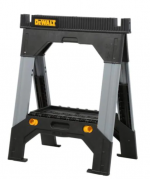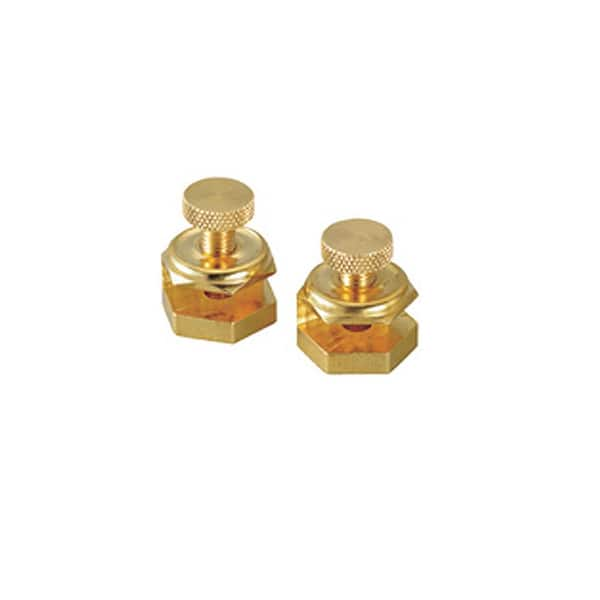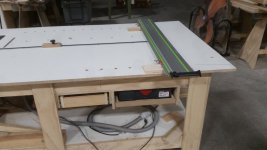MaurizioVacca
Member
- Joined
- Dec 20, 2021
- Messages
- 19
Hello,
as per subject, I'm looking for a convenient way to achieve repeatable cross cuts on sheet goods. So far, I've done everything with a tape measure, my TS55 and a square.
It's quite accurate if you take your time to setup everything properly, but it's extremely time consuming and easy to mess up. Since I've few incoming projects where I have some cuts that are 180x61cm, I'm trying to figure out how to do said job precisely and quickly.
Generally it's the kind of work you do with a sliding table saw, but the Precisio CS50 (which I own) is too light and unstable to handle panels of these dimensions (also doesn't have a fence long enough to do that). I already tried to do that with a desk top, and even if at the end of the day it worked out, it didn't feel safe enough (also considering we were two holding the panel).
I got a quote for a Hammer K3, but unfortunately there's no way I can move it upstairs, so for now it's a no no.
So, this leaves me with few options, but I know there are a lot of cabinet maker with small and "no sliding table saw" shops, so I'm just curious on how you handle such big cuts: multiple MFT setup? Roller blocks/brakets?
Thanks,
Maurizio
as per subject, I'm looking for a convenient way to achieve repeatable cross cuts on sheet goods. So far, I've done everything with a tape measure, my TS55 and a square.
It's quite accurate if you take your time to setup everything properly, but it's extremely time consuming and easy to mess up. Since I've few incoming projects where I have some cuts that are 180x61cm, I'm trying to figure out how to do said job precisely and quickly.
Generally it's the kind of work you do with a sliding table saw, but the Precisio CS50 (which I own) is too light and unstable to handle panels of these dimensions (also doesn't have a fence long enough to do that). I already tried to do that with a desk top, and even if at the end of the day it worked out, it didn't feel safe enough (also considering we were two holding the panel).
I got a quote for a Hammer K3, but unfortunately there's no way I can move it upstairs, so for now it's a no no.
So, this leaves me with few options, but I know there are a lot of cabinet maker with small and "no sliding table saw" shops, so I'm just curious on how you handle such big cuts: multiple MFT setup? Roller blocks/brakets?
Thanks,
Maurizio




